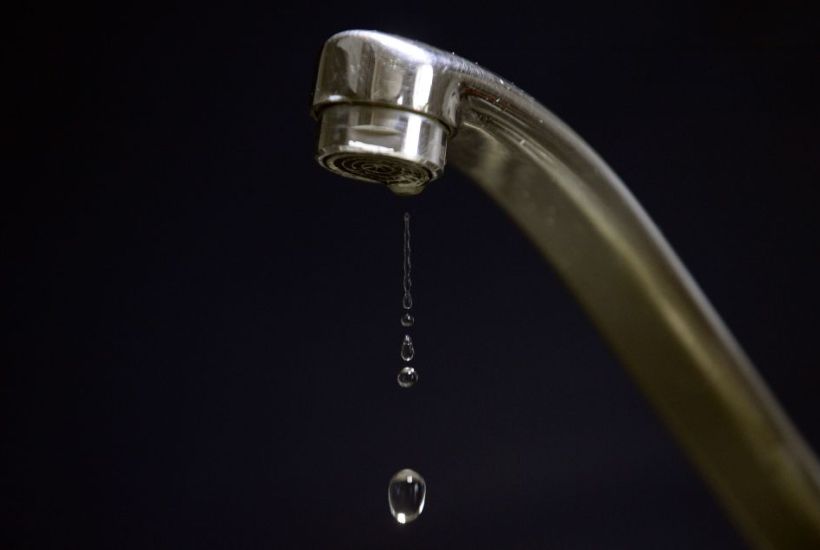There is an engineering company in Brisbane with about 30 employees which used to do a lot of work in providing the water supply to public building projects, that is the pipes and valves and so on. Then in 2015 the Spanish owners of Leighton Holdings, Grupo ACS, sold Leighton’s subsidiary John Holland to China Communications Construction for $1.15 billion. The Brisbane company’s work then dried up because John Holland switched that sort of work to Chinese suppliers.
In 2012 John Holland had been awarded a design and construction contract for Perth Children’s Hospital. The contract was valued at $1.2 billion. In July 2016, asbestos was found in roof panels which had been imported from China. Fortunately, roof panels are easy to replace and asbestos is a far more benign substance than its public image would indicate. It can only harm you if you breathe in asbestos fibres of a certain length. Stabilised by a coat of paint, it is likely that nobody would have been harmed over the life of the building if the contaminated panels had remained undiscovered, apart from workers drilling holes through them.
Now completed, the hospital is unable to open due to another problem. Lead contamination has been found in the water supply. Lead is heavy metal that can harm the nervous system and brain development and is especially dangerous for pregnant women, infants and children. John Holland has stated that the lead contamination came from a 50-metre length of old pipe that was connected to the hospital. That was isolated and the problem continues.
The most likely source of the lead is brass fittings in the pipework. There are estimated to be more than 5,000 brass fittings in the water supply of Perth Children’s Hospital, many of which are in the walls. Replacing them all is an expensive proposition, likely to be in the tens of millions. In 2014, the US government mandated a lead limit of 0.25 percent in plumbing fittings. Brass is normally two-thirds copper and one-third zinc. Manufacturers have added lead to brass to increase machinability and thus lower their production costs. Lead is also cheaper than zinc or copper.
As lead has a lower melting point than copper or zine, it tends to migrate towards the grain boundaries in the form of globules as it cools from casting. The pattern the globules form on the surface of the brass increases the available lead surface area which in turn affects the degree of leaching. In addition, cutting operations can smear the lead globules over the surface. These effects can lead to significant lead leaching from brasses of comparatively low lead content. A brass valve may have an overall lead content that is within specification but the manufacturer may have used a much higher lead content in the machined faces that are in contact with the water flowing through. One lead contamination problem in a new US public building was traced to an 18 percent lead content in the faces of a brass ball valve.
On top of all that, a high proportion of Perth’s water supply is now desalinated seawater – but not completely desalinated with a salt content of 200 ppm. The chloride ions from that slightly salty water would leach lead at a great rate.
China’s role in all this is pernicious. At one level they have hollowed out Australian industry by giving work normally done here, to Australian standards, to Chinese subcontractors. And if China didn’t have low standards, they wouldn’t have any standards at all. A few years ago there was contamination of infant formula in China because the manufacturer wanted to save money. Now we have imported the problem of poisoning of children.
David Archibald is the author of American Gripen: The Solution to the F-35 Nightmare
Got something to add? Join the discussion and comment below.
Got something to add? Join the discussion and comment below.
Get 10 issues for just $10
Subscribe to The Spectator Australia today for the next 10 magazine issues, plus full online access, for just $10.


























Comments
Don't miss out
Join the conversation with other Spectator Australia readers. Subscribe to leave a comment.
SUBSCRIBEAlready a subscriber? Log in